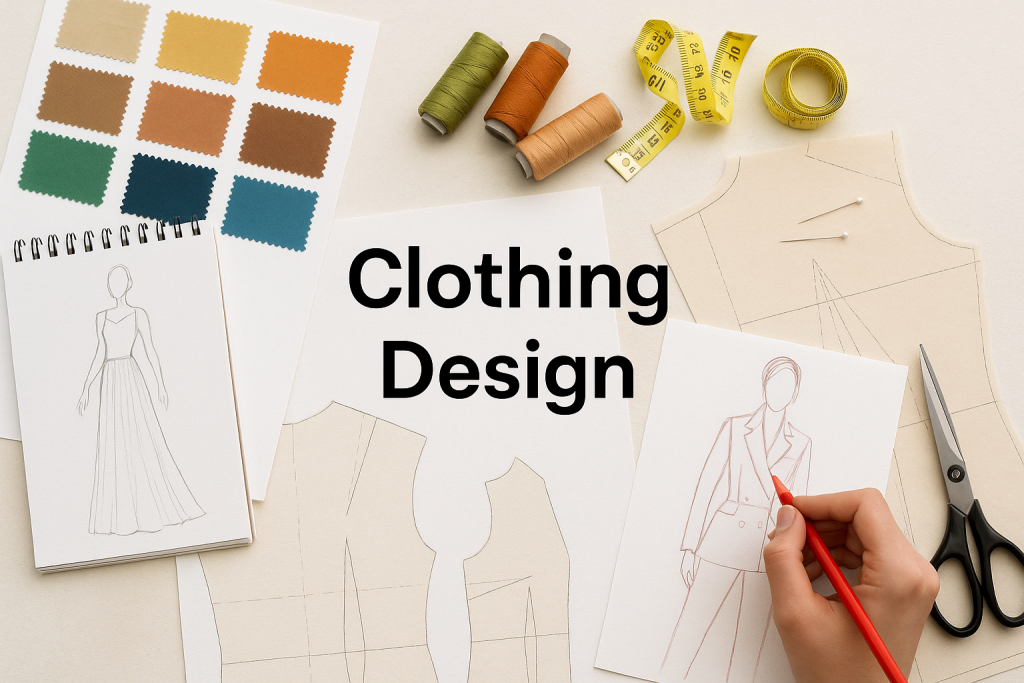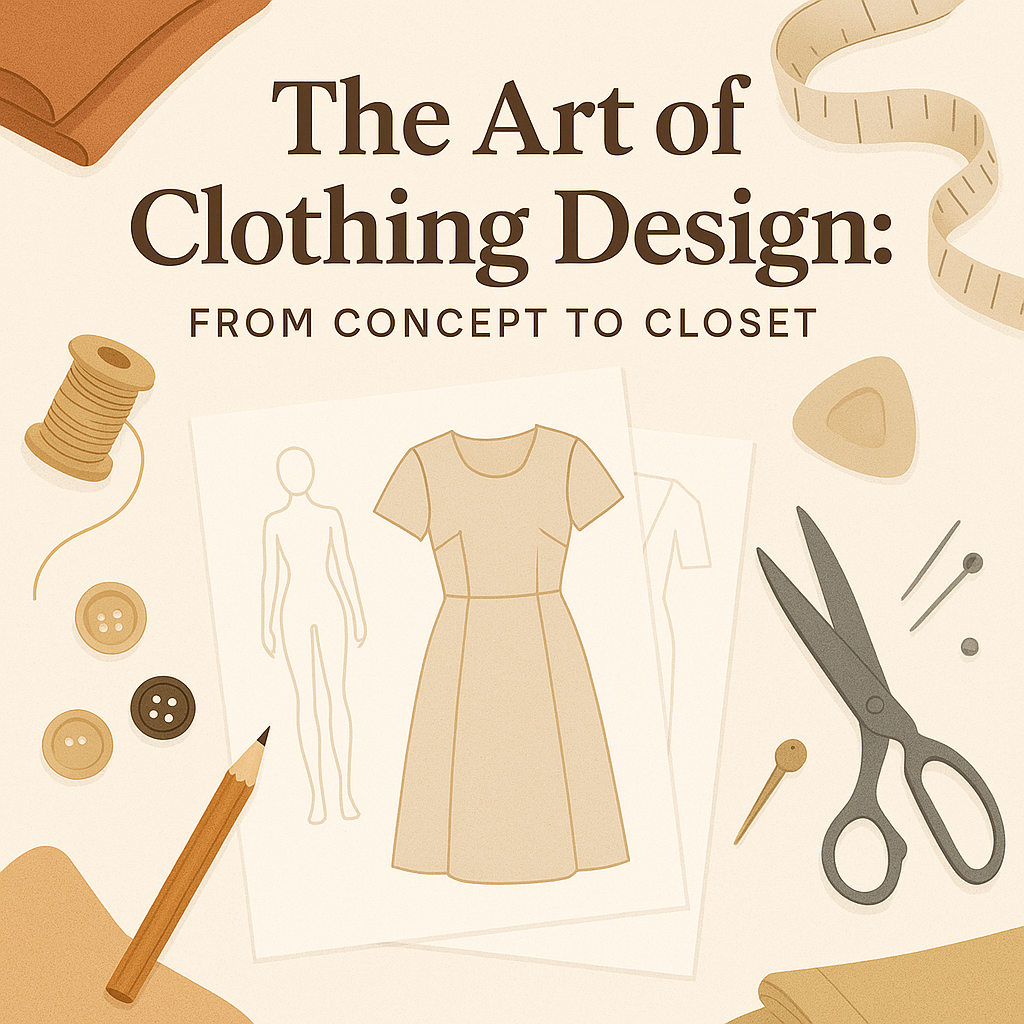The Art of Clothing Design: From Concept to Closet
In the world of fashion, clothing design is more than just fabric and stitching—it’s a powerful form of self-expression, culture, innovation, and creativity. Whether you’re a seasoned designer or just passionate about the craft, understanding the journey of clothing design from idea to execution helps you appreciate the intricate world of style and structure.

What is Clothing Design?
Clothing design refers to the process of creating apparel by blending creativity, functionality, and trend analysis. It’s a fine balance between artistic vision and practical construction. A successful clothing design not only looks great but also feels comfortable and serves its purpose for the wearer.
The Journey of Designing Clothes
Here’s a closer look at the key stages of the clothing design process:
1. Inspiration and Concept Development
Every great design begins with an idea. Inspiration can come from:
- Nature
- Architecture
- Culture and heritage
- Historical fashion movements
- Personal experiences
Designers often create a mood board with colors, textures, sketches, and reference photos that guide the theme of their collection.
2. Sketching and Illustrating
This is where the idea starts to take shape. Designers draw rough sketches (hand-drawn or digital) to visualize silhouettes, garment details, and fabric flow. This stage is essential for communicating the concept to the team or client.
3. Selecting Fabrics and Materials
Fabric choice can make or break a design. The designer must choose materials that not only reflect the concept but also offer comfort, durability, and appeal. Factors considered include:
- Weight and texture
- Color and print
- Stretch and drape
- Eco-friendliness (in modern sustainable design)
4. Pattern Making
Once the design is finalized, it’s translated into a pattern—a technical blueprint for cutting the fabric. Pattern making requires mathematical precision and understanding of body measurements to ensure a proper fit.
5. Prototyping or Sampling
A prototype, often called a sample garment, is created to test how the fabric works with the design. This stage helps identify any issues in construction, fit, or aesthetics before moving into mass production.
6. Fitting and Adjustments
The prototype is fitted on a model or mannequin, and necessary changes are made. It might take several fittings to get the perfect look and fit. This phase ensures the final piece lives up to the designer’s vision.
7. Final Production
Once everything is approved, the design goes into full production. Depending on the scale—whether it’s a boutique collection or a commercial line—this could involve small batches or large-scale manufacturing.
Fashion Trends in Modern Clothing Design
Fashion is always evolving. Designers need to stay updated on trends to stay relevant. Some current trends in 2025 include:
- Sustainable and recycled materials
- Gender-neutral designs
- Smart textiles with technology integration
- Bold prints and digital artwear
- Minimalist silhouettes with statement accessories
Importance of Sustainability in Clothing Design
Today’s designers are increasingly focusing on eco-friendly fashion. Consumers are aware of the impact of fast fashion on the environment, and there’s a growing demand for:
- Organic fabrics
- Zero-waste pattern making
- Ethical manufacturing practices
- Longevity and reusability
Designers who embrace sustainability aren’t just creating clothes—they’re reshaping the industry’s future.
Tips for Aspiring Clothing Designers
If you’re looking to build a career in clothing design, here are a few tips to get started:
- Learn the basics: Study fashion history, garment construction, and fabric science.
- Sketch daily: Creativity sharpens with practice.
- Create a portfolio: Showcase your best works and concepts.
- Stay curious: Attend fashion shows, study trends, and explore diverse cultures.
- Learn software tools: Adobe Illustrator, Clo3D, or CorelDRAW are essential in modern fashion.
- Network: Connect with fellow designers, stylists, and manufacturers.
The Future of Clothing Design
Technology and fashion are now intertwined like never before. From AI-generated designs to 3D-printed garments, the clothing design landscape is changing rapidly. Virtual fittings and fashion in the metaverse may soon become mainstream.
Designers who adapt to technology, understand consumer needs, and stay true to their artistic roots will lead the next fashion revolution.
Clothing design is where art meets functionality. Every stitch, color, and fold tells a story. Whether you’re designing a couture gown, a streetwear hoodie, or an everyday office outfit, the goal is the same—to make people feel confident, comfortable, and connected to what they wear.














Post Comment